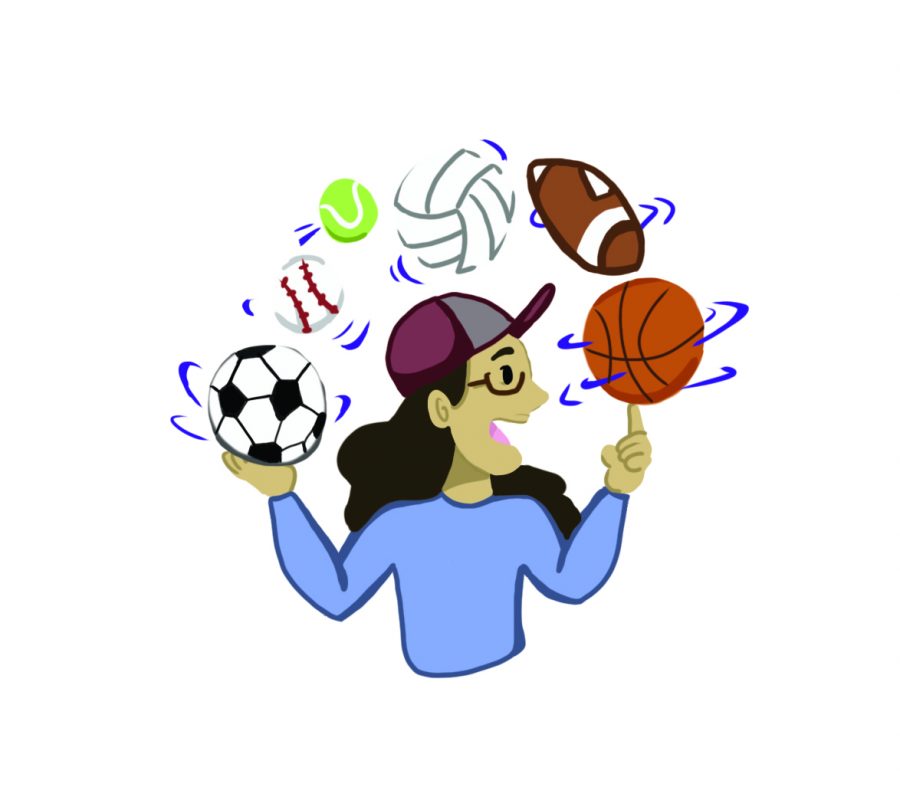Following three years since ex-commissioner Jeff Plush stepped down in 2017, the National Women’s Soccer League announced the appointment of Lisa Baird as the new league commissioner last week. The hiring of Baird, former marketing chief for the U.S. Olympic Committee, demonstrates a commitment to strengthening the NWSL brand in America and negotiating lucrative sponsorship deals — both of which are crucial to the long term success of the league.
The league has been busy this off-season: bringing in Baird, planning the addition of an expansion team in Louisville and preparing to announce a multiyear TV contract with CBS Sports. Attempting to keep up with the rise of women’s soccer globally and attract the best talent, the league has also introduced a new compensation model in which teams can buy and sell players in the transfer market, similarly to how European teams operate. It also announced that teams can now spend allocation money on players in excess of the team’s salary cap. This allows teams to use this extra money to sign talented players who aren’t on the United States Women’s National Team. The league’s new compensation guidelines were put in place to keep the best talent in the U.S. and to keep the NWSL at the top.
In addition, teams like Sky Blue FC are creating pipelines for former NWSL players to join its coaching staff, an important move in a sport that often rejects qualified women from coaching roles. Sky Blue FC, which has been in the headlines in the past for substandard working and playing conditions also recently announced a move from a tiny Rutgers University Stadium to Major League Soccer’s Red Bull Arena, a promising sign under new General Manager Alyse LaHue.
These are all big steps in a positive direction for the NWSL, which has experienced its own series of highs and lows over the years.
Last month, World Cup winner, Orlando Pride forward and mother of two Sydney Leroux was quoted in a Forbes article as saying that she spent more money on childcare than she earned in the NWSL in 2019. The NWSL Players Association estimates that there are seven mothers currently playing in the league. This year, the league increased its maximum player salary to $50,000, but the minimum only went up to $20,000. That’s simply not enough for players who are balancing their careers while raising children. The NWSL also does not currently offer paid maternity leave for its players, so many players are forced to wait until their playing careers are over to have kids.
Perhaps the league would be wise to follow in the footsteps of the WNBA (as Leroux pointed out) which just agreed to an eight-year CBA that guaranteed maternity leave with a full salary, an annual childcare stipend of $5,000, housing and more for its players. Unlike the WNBA and most other professional sports leagues, the NWSL currently does not have a collective bargaining agreement with its players — the NWSLPA was only recognized as a legal union in 2018, and the CBA that exists between members of the USWNT and U.S. Soccer is currently the subject of a high-profile lawsuit.
The NWSL has also struggled with communication on multiple levels — the league’s longtime communications director left in January 2019 and has yet to be replaced, making things difficult for teams, media, fans and more. For example, fans were clamoring for details of when the 2020 regular-season schedule would be announced so that they could plan their summers accordingly, but the league remained mum on the matter for months before dropping the schedule less than two months before the season begins.
While members of the USWNT blew up on social media following the 2015 and 2019 World Cups and earned their own sponsorship deals, the NWSL failed to capitalize on the success and popularity of its national team stars for years. It now hopes to rectify that with the hiring of Baird, who brings a lot of experience in negotiating business deals.
With a solid fanbase, world-class talent and new leadership, the NWSL is focusing its attention on building financial support and strategizing the future of the league — which is great, but it must also continue to look at how it can improve conditions for its players today.
The Sports Girl is a weekly column that features a girl’s take on sports. Yes, a girl. Yes, on sports.
A version of this article appears in the Monday, Mar. 9, 2020, print edition. Email Bela Kirpalani at [email protected].


























































































































































